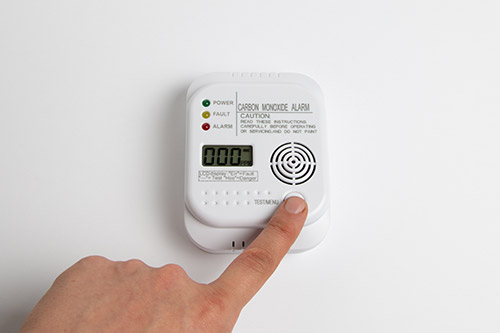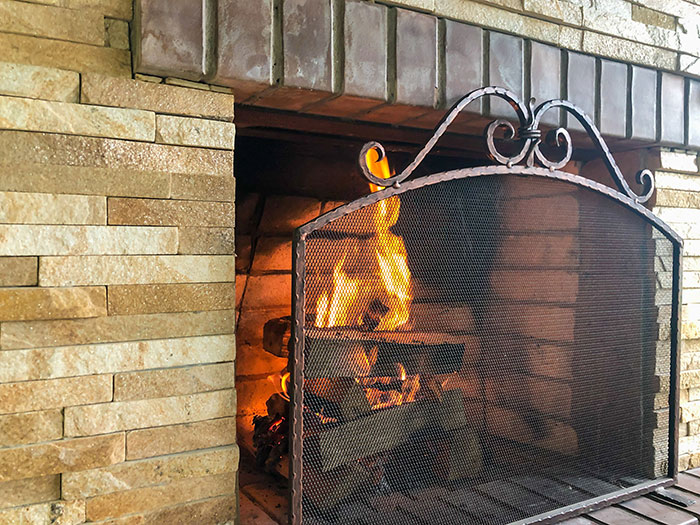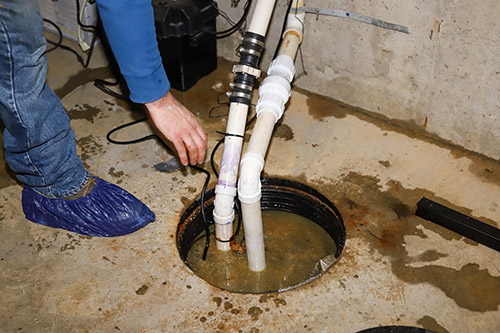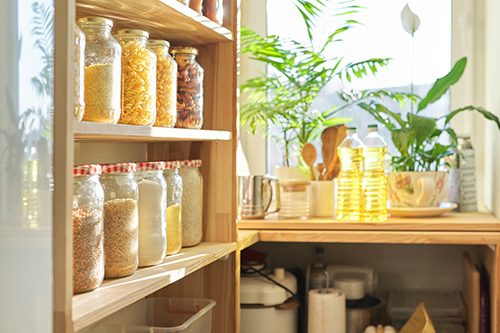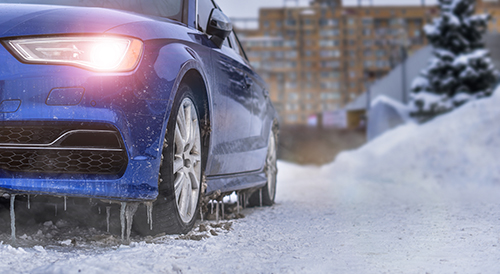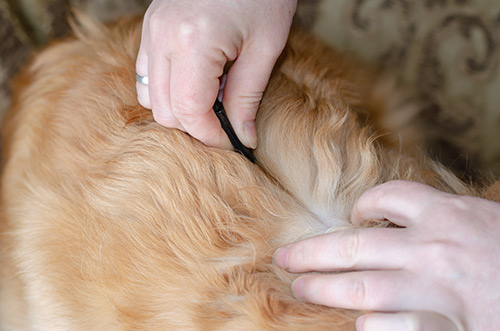
Warm weather has arrived. For many of us, that means spending happy hours outdoors hiking, running, and walking in the woods. It also means watching out for ticks.
Even if you remember to wear insect repellent and regularly check yourself, it's easy to forget that your pets are vulnerable to these sneaky critters, too.
Ticks prefer moist, wooded, and shady hiding places, such as tall grass, brush, and shrubs, and they can lurk in nonwild places, too, like your backyard. In order to survive, they feed on the blood of humans and animals.
After a tick bite, your cat or dog could develop a serious illness, such as Lyme disease (which can cause symptoms such as an abnormal gait or stance, fever, lethargy, and enlarged lymph nodes); cytauxzoonosis (a parasitic infection, specific to cats, that can cause difficulty breathing, fever, loss of appetite, jaundice, coma, and death); skin irritation or infection at the site of the wound; and other complications. That's according to the American Society for the Prevention of Cruelty to Animals (ASPCA).
There isn't a one-size-fits-all approach to protecting your pets from ticks, but there are ways to minimize the danger. (If your pet does get Lyme, treatment usually involves several weeks of antibiotics.)
Here are three strategies to help keep your dog or cat tick-free.
Check Your Pet Daily
If you live in or are visiting an area that's particularly vulnerable to ticks (check with the Centers for Disease Control and Prevention's website if you're not sure), one of your best defenses is to inspect your pet daily, says Lori Bierbrier, D.V.M., a veterinarian and medical director of the Community Medicine program at the ASPCA.
"Just having the tick walking on your pet is not dangerous," she says, "it's when the tick attaches and feeds for a long period of time, over a day or two—that's when parasites can be transmitted."
Pets with longer hair or fur may be particularly likely to pick up a tick, says Martine Hartogensis, D.V.M., deputy director of the Office of Surveillance and Compliance in the Food and Drug Administration's Center for Veterinary Medicine. Longer hair provides the critters with more surface area to latch onto and more places to hide.
If you have a dog, dedicate a few minutes each day to brushing or combing his or her fur, and run your hands through it.
Cats are vulnerable, too, though typically less so than dogs, says Hartogensis, because they are regular groomers. But you should still give yours a daily once-over, especially if he or she likes to play outdoors. Starting at the head, run your fingers like a comb over the cat's entire body.
Ticks prefer dark, moist places, so for both cats and dogs, make sure to inspect under their tail and around the anus, belly, face, ears, groin, "armpits," and between the toes. If your pet is particularly squirmy, you may need a partner to help hold your pet steady. Remove any attached ticks with fine-tipped tweezers.
Tickproof Your Yard
"If your only method of tick prevention is just checking the dog," Hartogensis says, that's not enough. You'll need to do more.
Minor adjustments to your yard, such as keeping tall grass and weeds trimmed, clearing leaf piles, and making a tick trap by using a "bait box" can make a big difference in keeping tick populations down. Several approved pesticides are available, though they come with risk, so it's best to first try to tickproof your yard without chemicals.
A fence around your yard that effectively keeps out wildlife that can spread ticks, such as deer, may also help.
Consider Medications
There are several products approved by the Environmental Protection Agency and the FDA, including topicals (which go on the pet, such as in its fur or in a collar), oral medications, and a Lyme vaccine for dogs—but there are pros and cons associated with each. (Consumer Reports has not tested these products.)
Topicals. These substances (such as fipronil, permethrin, pyrethroids, and amitraz) come in the form of medicated dusts, collars, sprays, shampoos, and other topical treatments. They kill ticks via direct contact with the animal's fur or skin. One topical product, permethrin, is toxic to cats, but small quantities are considered safe for dogs.
Several decades ago, Consumer Reports urged the FDA to remove DDVP, a pesticide found in some flea collars and no-pest strips, from the market entirely, says CR senior scientist Michael Hansen, Ph.D. But you can still find it in many products. Though it's not an ingredient in many of the more widely used tick medications for pets, such as Advantage II, Frontline Plus, K9 Advantix II, and Revolution, you should make sure to read labels carefully if you want to avoid it.
With some of these pesticides, Hansen warns, "there could be some transfer to kids who have a lot of contact with their pets."
According to a 2012 statement from the American Academy of Pediatrics, the evidence about whether childhood exposure to low levels of pesticides can be harmful is still emerging. But some data suggest that such exposure may be associated with cognitive and behavioral problems, as well as pediatric cancers.
Oral medications. These drugs—such as afoxolaner (NexGard) and fluralaner (Bravecto)—kill ticks via contact with your pet's blood. "The tick is still going to bite," Bierbrier says, and that bite could lead to a skin infection, but the tick "will be killed before it can transmit any of the disease-causing organisms."
Vaccine. The Lyme vaccine for dogs appears to be safe, but experts aren't yet sold on its effectiveness. And it's best when paired with another product, says Thomas Mather, Ph.D., of the University of Rhode Island.
Part of the problem is that many dogs, especially in high-tick areas, have already been exposed to Lyme—often without showing any symptoms—and data suggest that the vaccine works best on dogs who haven't been exposed. Your dog should be tested for Lyme disease before receiving the vaccine.
Reactions to the shot can include hives, itchiness, and facial and injection-site swelling. Vets typically administer it only to dogs in high-risk areas or if their owners ask for it.
Remember: Whichever products you choose to protect your pets from ticks, be sure to follow all the instructions about the species and size of animal the product is meant for. Don't use items meant for dogs on cats, for instance, and don't use items meant for adult animals on puppies or kittens. Don't use any products meant for humans on your pets, either.
It's best to rely on an EPA- or FDA-approved product. There's little evidence that homemade remedies, such as essential oil mixtures, will provide reliable protection, and there's a chance that a homemade anti-tick concoction could harm your pet.


